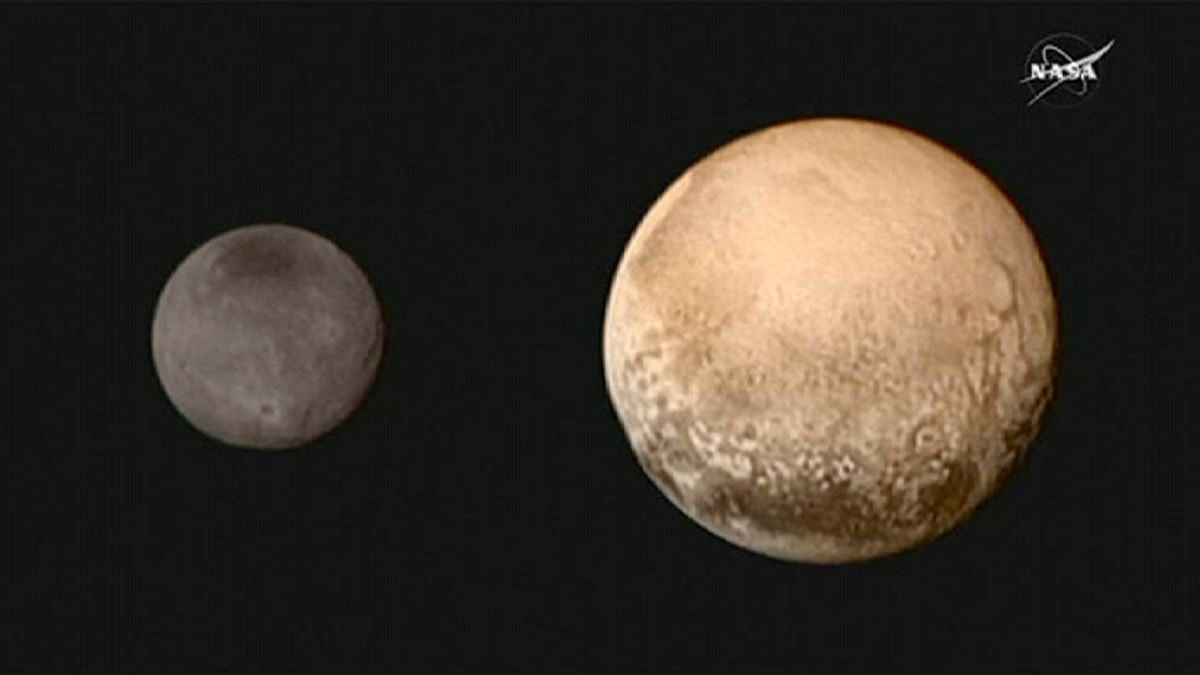After nine years in space NASA's New Horizons probe will fly past Pluto and its five moons on its way to the Kuiper Belt in the outer regions of the Solar System allowing scientists a close up view of
Pluto – the dwarf planet on the edge of our solar system is about to become just a little more familiar.
NASA’s New Horizons space probe is due to to make a 30 minute dash past it along with its entourage of five moons today at 13.50 CET It will be the first ever close up view of the frozen world.
New Horizon Project Manager, Glen Fountain:
“I’ve been saying for a some weeks that until we start actually seeing Pluto resolve in the instrument it was, yeah yeah we’re going to get there, we’re going to get there, and now all of a sudden it’s like the freight train is coming down the track and you see the light coming at you and you know it’s not going to stop, you can’t slow it down it’s going to get there and of course the light is Pluto and we are all excited.”
Australian space centre to receive first #Pluto close‑up http://t.co/Vy8PvEbtKmpic.twitter.com/Psx7KDslWU
— ABC News Canberra (@abcnewsCanberra) July 13, 2015
Hal Weaver: resolution of pix you’ll see tomorrow is 180x better than this. #Plutopic.twitter.com/lkxLAL6TEv
— Alexandra Witze (@alexwitze) July 13, 2015
The New Horizons probe which set off for the outer zone of the Solar system in 2006 is set to return a treasure trove of images and data when it sweeps past Pluto.
It’s already discovered that Pluto is 80 kilometres wider that scientists previously thought. That fact alone will satisfy Pluto fans as the new measurement finally settles the debate over which is the larger – Pluto or Eris? ( One of thousands of mini-planets and comet-like objects circling beyond Neptune in a region called the Kuiper Belt.)
The latter’s discovery in 2005, with its comparable girth, were partly responsible for getting Pluto demoted from full planet status in 2006. However, this new result indicates that Pluto really does have the upper-hand, if only by about 30km in terms of diameter.
.
NASA</a> has released new stunning picture of dwarf planet <a href="https://twitter.com/hashtag/Pluto?src=hash">#Pluto</a> source: <a href="https://t.co/UTnkHW4gNj">https://t.co/UTnkHW4gNj</a> <a href="http://t.co/LB2IEnFnFV">pic.twitter.com/LB2IEnFnFV</a></p>— euronews (euronews) 14 Juillet 2015
